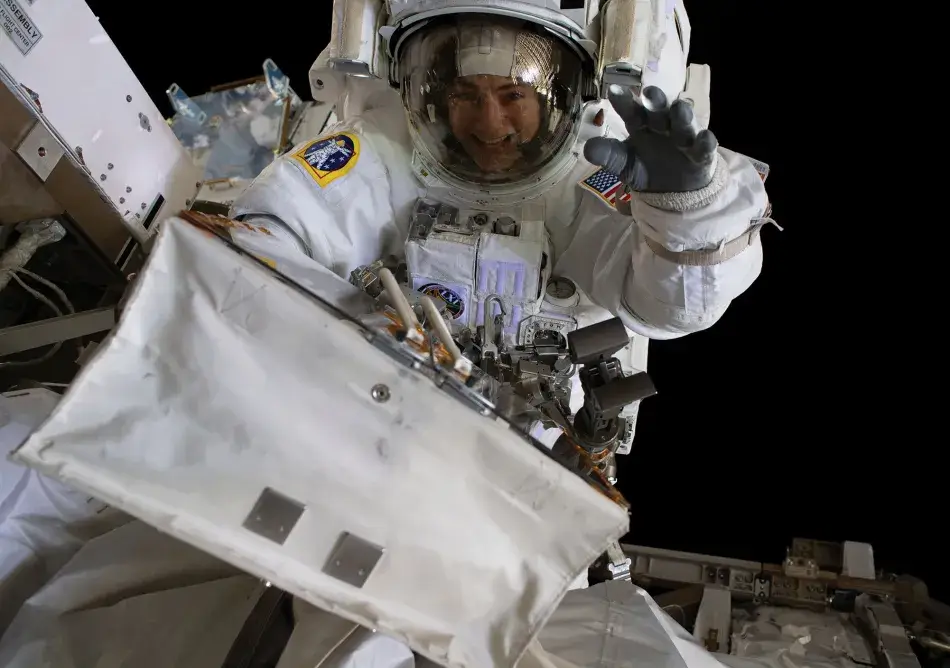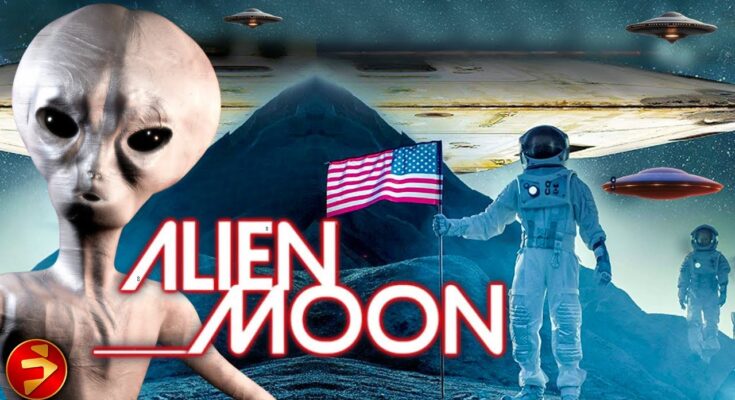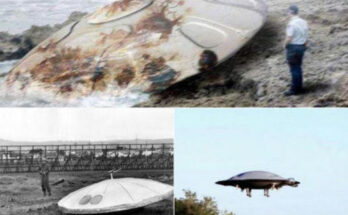From UFO crash sites on other planets and aliens “lurking” on asteroids to a permanent radio … [+] telescope on the far side of the Moon, a new NASA-funded study into the search for intelligent extraterrestrial life (SETI) details how future NASA missions could purposefully look for “technosignatures.”getty From UFO crash sites on other planets and aliens “lurking” on asteroids to a permanent radio telescope on the far side of the Moon, a new NASA-funded study into the search for intelligent extraterrestrial life (SETI) details how future NASA missions could purposefully look for the “technosignatures” of advanced alien civilizations.

Described as evidence for the use of technology or industrial activity in other parts of the Universe, the search for technosignatures has barely begun, but could unearth something surprising without much additional spend, says the study.
After more or less ceasing its search for technosignatures in 1993 after pressure by politicians, NASA has become increasingly involved in SETI.

Published in the specialized journal Acta Astronautica, the study includes a list of what’s NASA missions could detect as observational “proof of extraterrestrial life” beyond Earth.
Perhaps most intriguingly, the paper suggests that interstellar probes might have been sent into the Solar System a long time ago, perhaps during the last close encounter of our Sun with other stars.
Read More: Your Complete Guide To The ‘Ring Of Fire’ Solar Eclipse — Where And When To Watch

The closest star to the Sun right now, Proxima Centauri, is over 4.2 light-years distant, but roughly every 100,000 years a star comes within nearly a light-year from the Sun. There have therefore been “tens of thousands” of opportunities for technologies similar to ours to have launched probes into our Solar System, according to the paper. “Such artifacts might have been captured by Solar System bodies into stable orbits or they might even have crashed on planets, asteroids or moons,” reads the paper. “Bodies with old surfaces such as those of the Moon or Mars might still exhibit evidence for such collisions.”

The Moon, Mars, Mercury or Ceres could contain evidence of impacts or existing artifacts that may … [+] have been preserved for between millions or billions of years.getty The paper’s nine suggestions for technosignature-hunting missions include: Mission 1: search for crash sites on the Moon, Mars, Mercury or Ceres The surfaces of these places are ancient and unchanging. Evidence of impacts or existing artifacts might be preserved for between millions and billions of years—so we should scan the Moon and Mars in ultra-high resolution. Mission 2: look for pollution using Earth as a template As recently published for NASA by the same authors, the JWST could find CFC gases—proof of civilization—around exoplanets if it was 10 times more common than on Earth. It could also find nitrogen dioxide (NO2), produced as a byproduct of combustion or nuclear technology.



